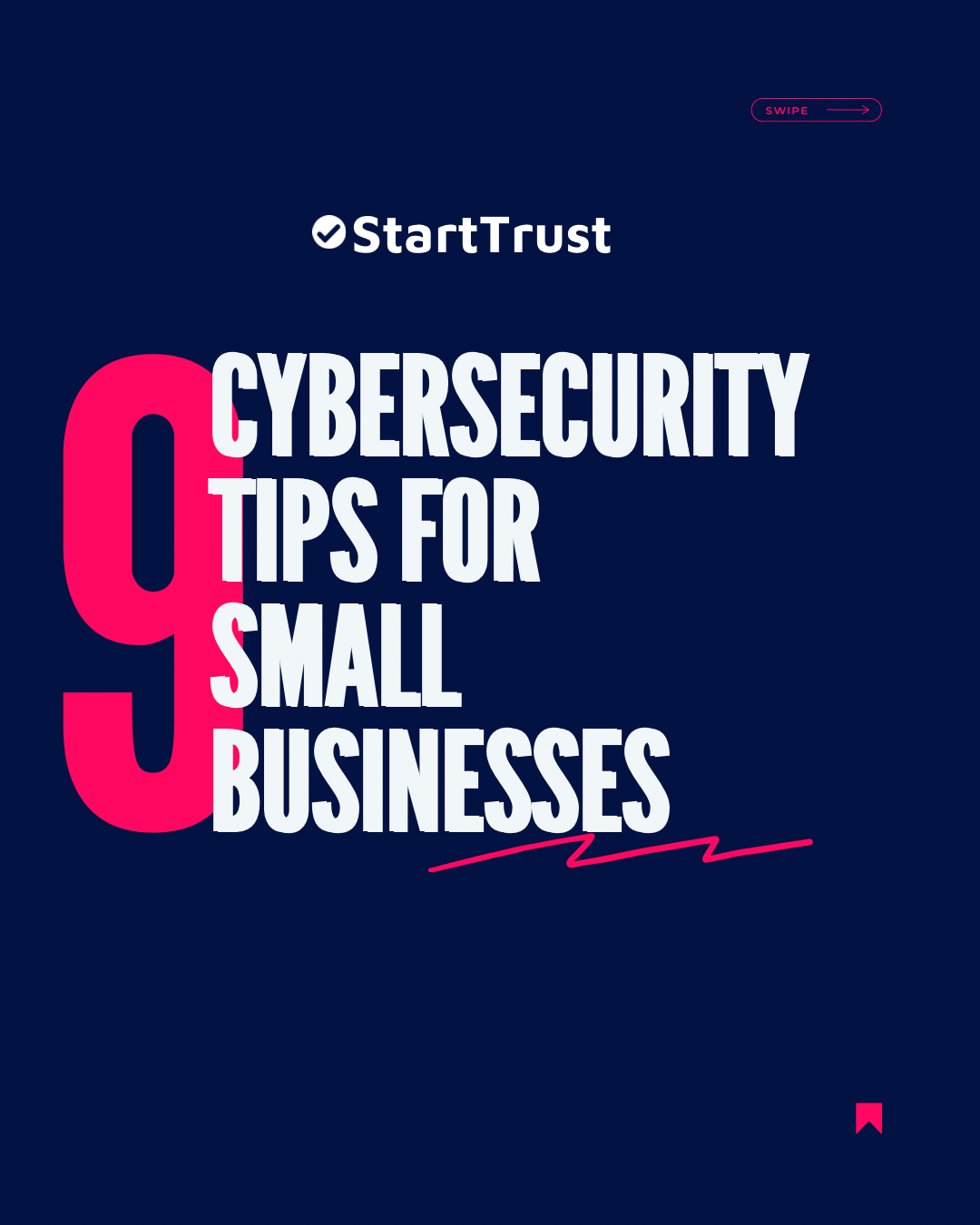
1. Understanding the risks:
Small business face several cybersecurity threats, including phishing attacks, malware, ransomware, insider threats, and social engineering. These treats can lead to significant financial loss, reputational damage, legal liabilities, and operational disruption.
Understanding and mitigating these risks is crucial for protecting your business and maintaining customer trust.
2. Basic Cybersecurity Measures:
- Strong Passwords: Use complex passwords and change them regularly.
- Multi-Factor Authentication (MFA): Adds an extra layer of security by requiring additional verification steps.
- Regular Software Updates: Keep software, operating systems, and applications up to date to protect against vulnerabilities.
- Firewall and Antivirus Protection: Implement firewalls and antivirus programs to detect and block malicious activities.
3. Data Protection:
- Encryption: Encrypt sensitive data both in transit and at rest.
- Backup Solutions: Regularly back up data to a secure location to prevent data loss in case of an attack.
- Access Control: Limit access to sensitive information based on job roles and responsibilities.
Data Rp
4. Employee Training:
- Cybersecurity Awareness: Educate employees about common threats and safe practices.
- Phishing Simulations: Conduct regular phishing simulations to train employees on identifying and reporting suspicious emails.
- Incident Response Training: Ensure employees know the procedures to follow in case of a cybersecurity incident.
5. Legal Compliance:
- Regulations: Familiarize with relevant cybersecurity laws and regulations, such as GDPR, CCPA, and HIPAA
- Privacy Policies: Implement clear privacy policies that comply with legal requirements and inform customers how their data is protected.
- Incident Reporting: Know the legal requirements for reporting data breaches and have a plan in place to comply.
6. Cybersecurity Policies And Procedures:
- Security Policies: Develop and enforce cybersecurity policies covering data protection, incident response, and employee responsibilities.
- Incident Response Plan: Create a detailed plan for responding to cybersecurity incidents, including communication strategies and recovery steps.
- Vendor Management: Assess and manage the security practices of third-party vendors to ensure they meet your cybersecurity standards.
7. Technology Solutions:
- Secure Wi-Fi Networks: Ensure Wi-Fi networks are encrypted and use strong passwords.
- Virtual Private Network (VPN): Use VPNs to secure remote connections and protect data transmitted over public networks.
- Endpoint Protection: Implement endpoint protection solutions to safeguard devices such as laptops, smartphones, and tablets.
8. Insurance And Financial Protections:
- Cyber Insurance: Consider purchasing cyber insurance to cover potential losses from cyber incidents.
- Financial Safeguards: Implement measures such as fraud detection systems and secure payment processing to protect financial transactions.
9. Continuous Monitoring And Improvement:
- Security Audits: Regularly conduct security audits to identify vulnerabilities and ensure compliance with policies.
- Threat Monitoring: Use tools and services to continuously monitor for potential threats and suspicious activities.
- Feedback Loop: Establish a feedback loop to learn from incidents and improve security measures continuously.